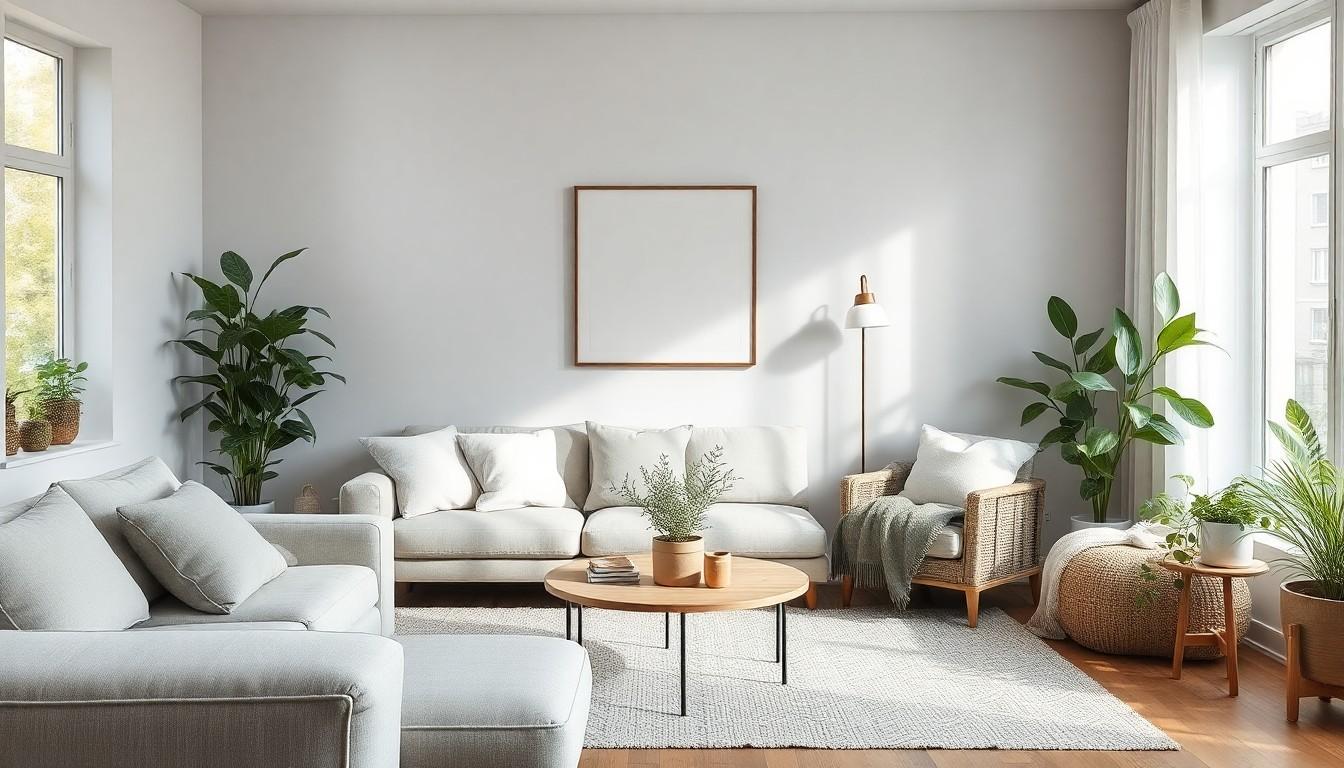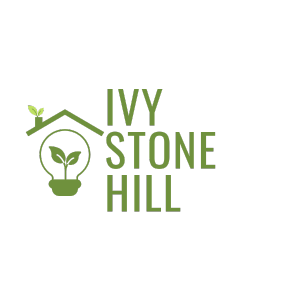In a world that’s constantly racing against the clock, the slow living aesthetic invites everyone to hit the brakes and savor life’s simple pleasures. Imagine sipping your morning coffee while watching the sunrise instead of scrolling through emails. It’s like trading in a sports car for a cozy vintage bicycle—both get you places, but one lets you enjoy the scenery a whole lot more.
This lifestyle isn’t just about taking things slow; it’s about embracing mindfulness and creating a sanctuary of calm in everyday chaos. From decluttering your space to savoring homemade meals, adopting the slow living aesthetic can transform the mundane into the magnificent. So, if you’re tired of feeling like a hamster on a wheel, it might be time to slow down and find joy in the little things.
slow living aesthetic
The slow living aesthetic emphasizes a deliberate, mindful approach to life. Individuals engage with their surroundings, finding joy and tranquility in simplicity.
Definition and Origins
Slow living embraces a lifestyle centered on mindfulness, sustainability, and intentionality. This movement traces its roots to the slow food movement of the 1980s, promoting awareness of food sources and cooking techniques. Over time, the principles expanded to encompass broader aspects of life, encouraging individuals to slow down in various areas, including work, relationships, and leisure. Cultural shifts during the late 20th century, driven by increasing urbanization and technological advances, propelled a collective yearning for simpler, more meaningful experiences. Many people seek escape from the relentless pace of modern living through this aesthetic.
Key Principles of Slow Living
Key principles define the slow living aesthetic, guiding individuals toward a more intentional life. Mindfulness plays a crucial role, promoting awareness of the present moment. Simplicity encourages decluttering physical and mental spaces to create a serene environment. Sustainable practices prioritize eco-friendliness, helping individuals make conscious choices that honor the planet. Quality over quantity reinforces the value of meaningful connections and experiences rather than material possessions. Lastly, self-care emphasizes the importance of nurturing well-being through rest, relaxation, and personal growth. Together, these principles cultivate a lifestyle that celebrates the beauty of life’s simple pleasures.
Visual Elements of Slow Living Aesthetic

Visual elements play a crucial role in embodying the slow living aesthetic. They effectively convey tranquility and mindfulness while creating a space that fosters relaxation.
Color Palettes and Textures
Neutral tones define slow living color palettes. Soft whites, earthy browns, and muted greens contribute to a serene atmosphere. Warmer shades add a sense of comfort and grounding, enhancing the peaceful environment. Textures such as natural wood, linen, and soft cotton provide tactile connections that evoke feelings of coziness and calmness. Layering different materials creates visual interest while remaining soothing to the eye. A well-curated mix of colors and textures reinforces the principles of simplicity and intentionality that characterize the slow living aesthetic.
Incorporating Nature
Nature serves as an essential aspect of slow living. It offers healing and a sense of connection to the world. Integrating plants into living spaces can enhance air quality while adding vibrancy. Elements like wooden furniture and natural stone strengthen the bond with the outdoors. Using natural light whenever possible further emphasizes a slower pace, allowing for a more organic interaction with surroundings. Creating outdoor spaces or cozy nooks encourages people to unwind and appreciate their environment. Engaging with nature ultimately embodies the essence of mindfulness and tranquility associated with the slow living aesthetic.
Benefits of Embracing Slow Living Aesthetic
Embracing the slow living aesthetic offers numerous benefits that enhance overall quality of life.
Mental Health and Well-Being
Improved mental health stems from the mindfulness practiced in slow living. Reduced stress levels result from prioritizing relaxation and self-care. Daily rituals, such as journaling or meditation, foster a deeper connection to oneself. Creating a tranquil environment eliminates distractions, allowing for greater focus and emotional clarity. Engaging with nature boosts mood and promotes a sense of peace. Deepening relationships becomes possible as individuals take time to nurture connections with family and friends. Enhanced well-being emerges from this intentional, slow-paced lifestyle, making life more fulfilling.
Sustainable Lifestyle Choices
Sustainable lifestyle choices embody the principles of slow living. Prioritizing quality over quantity leads to more ethical consumption. Supporting local businesses reduces carbon footprints and promotes community health. Choosing natural materials contributes to environmental sustainability and personal well-being. Mindful eating practices cultivate a greater awareness of food sources and their impact on health. Adopting minimalism encourages conscious living, reducing waste and enhancing life’s simplicity. Every small choice contributes to a healthier planet, demonstrating how slow living engages with sustainability effectively.
Practical Tips for Achieving Slow Living Aesthetic
Embracing the slow living aesthetic involves practical adjustments to daily life that promote mindfulness and tranquility. Focusing on environments and routines encourages appreciation for simplicity and well-being.
Home Decor Ideas
Incorporate natural elements like wooden furniture and linen textiles to evoke serenity. Use neutral color palettes featuring soft whites, muted greens, and earthy tones to create a calming atmosphere. Display plants strategically, as they connect indoor spaces with nature and enhance air quality. Opt for minimalistic decor that allows for open space, reducing visual clutter. Aim for cozy corners with soft lighting, inviting individuals to unwind and relax. Select handcrafted items that reflect personal values and add character to living areas.
Mindful Practices
Engage in daily rituals that emphasize presence and self-awareness. Start mornings with gratitude journaling to focus intentions for the day. Introduce meditation sessions to cultivate a sense of calm and clarity. Enjoy cooking meals from scratch, prioritizing fresh, local ingredients that contribute to sustainability. Limit screen time to create space for hobbies like reading or crafting. Incorporate nature walks into routine, allowing for reflection and relaxation. Allow moments of silence throughout the day to foster deeper connections with oneself and the environment.
beauty in simplicity
Embracing the slow living aesthetic offers a pathway to a more meaningful existence. By prioritizing mindfulness and simplicity, individuals can cultivate a life filled with joy and tranquility. This lifestyle encourages a deeper connection to oneself and the surrounding environment, enhancing overall well-being.
As one integrates these principles into daily routines, the benefits become evident. From reduced stress to a greater appreciation for life’s small moments, slow living transforms how people experience their world. Ultimately, it’s about finding beauty in simplicity and creating a space that nurtures both the mind and spirit.

